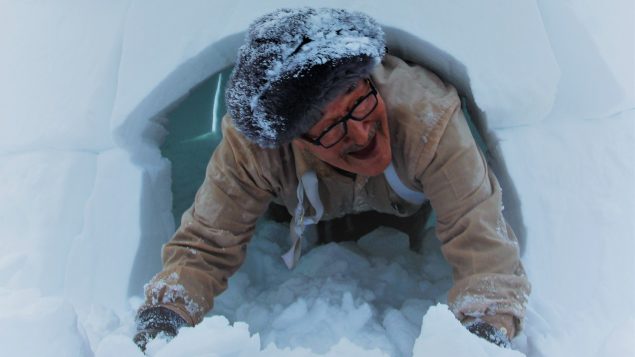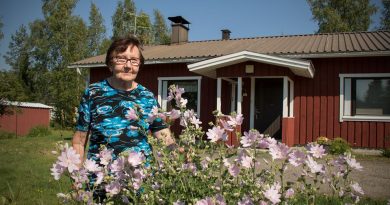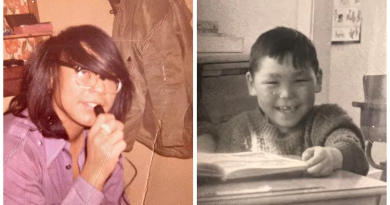Canadian Arctic park runs igloo building workshop

Igloos, the dome-like structures built out of blocks of packed snow, have become one of the most iconic images of the Canadian Arctic used in everything from advertising to children’s cartoons.
But for millennia the Inuit people across the vast expanse of the Arctic stretching from northern Alaska and Canada to Greenland have used igloos to shelter from the harsh northern elements.
Yet even today when the Inuit live in settlements that offer all the amenities of modern life, igloos remain a vital element of the Inuit culture, a link to the not so distant nomadic past and a crucial survival skill for those who still practice the traditional Inuit lifestyle and rely on hunting and fishing for most of their food.
“Igloos were the result of the Inuit’s incredible ingenuity and connection to the land,” said Carey Elverum, manager of the Sirmilik National Park, one of Canada’s largest and northernmost national parks located in northeastern Baffin Island in Nunavut.
“And for Inuit living in such a harsh and unforgiving climate the need to create an environmentally efficient structure with resources at hand was paramount. They were essential for survival while travelling on land and sea ice.”
Click to listen to the interview with Carey Elverum:
Community event

The knowledge how to build igloos was passed down the generations and has allowed the Inuit to thrive in the harsh Arctic environment, Elverum said.
So it’s not surprising that when last month Sirmilik organized an igloo building workshop in the Inuit community of Pond Inlet led by three Inuit elders, dozens of people – locals and tourists – took part in the activity.
“Basically the skill remains important today from both the cultural and safety perspective,” Elverum said. “When you travel on sea ice, for emergency purposes people still need to know how to build an igloo. It’s also one of those things from a cultural perspective, people really connect to that and it’s part of their identity.”
So what goes into building an igloo?
An exercise in patience

The first thing is finding a suitable patch of packed snow that can be cut into rectangular snow blocks, said Elverum. All you need for tools is a carpenter’s saw and a snow knife, a machete-like blade that is used to fashion the snow blocks to make them fit snugly.
Depending on the size of the igloo, one needs to cut between 30 to 40 snow blocks.
“You need a great deal of skill in cutting out those snow blocks,” Elverum said. “Once you’ve done that, they’re assembled into a spiral pattern, the gaps are filled with snow, and for the most part I learned you need a lot of patience.”

Elverum said having the Inuit elders sharing their knowledge and encouraging participants was incredibly helpful.
The participants built igloos that were about two meters in diameter, a structure that is big enough to house at least two people.
The igloos are incredibly environmentally efficient and you don’t need a lot of heat to keep them relatively warm, Elverum said.
“It’s one of the iconic Canadian symbols and I can tell you that everyone there, not just the Inuit really enjoyed the opportunity we put on and it was a lot of fun to see all those smiling faces from adults to the children,” Elverum said.

Related stories from around the North:
Canada: Video Documentary: How indigenous knowledge is changing what we know about the Arctic, Radio Canada International
Finland: Bilingual Finnish-Sámi teaching to start in Helsinki school, Yle News
Iceland: Indigenous Peoples’ knowledge can help us prevent climate changes says Ban Ki-moon, The Independent Barents Observer
United States: How an Alaskan Indigenous community is healing through dance, Alaska Dispatch News



